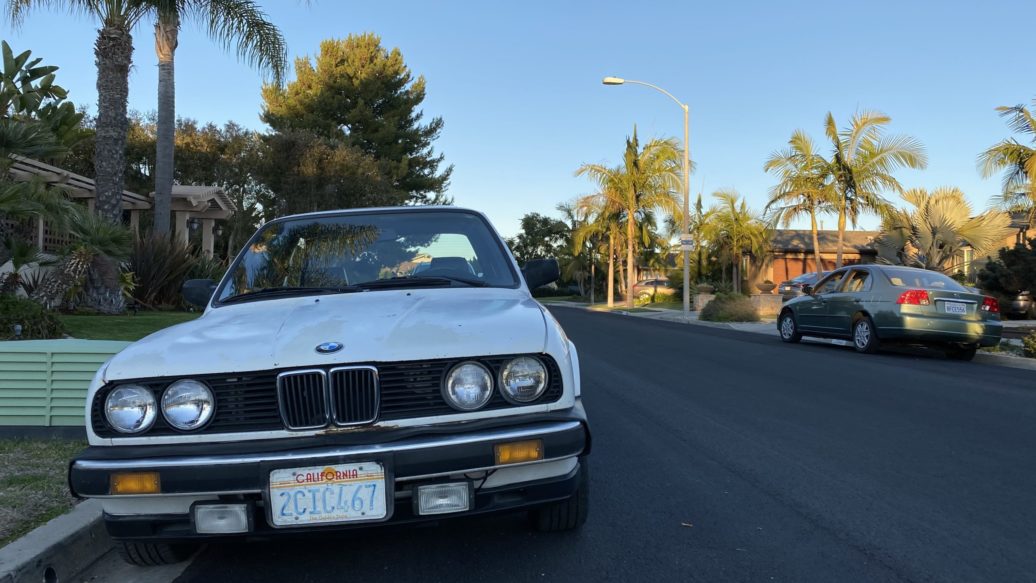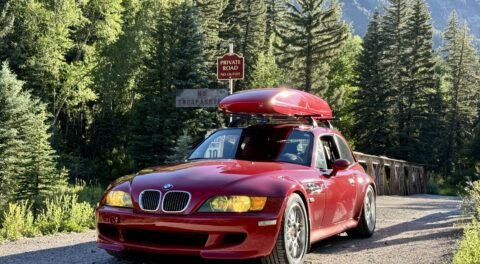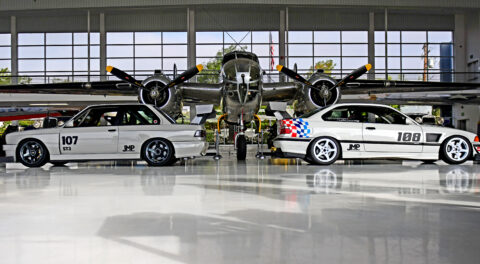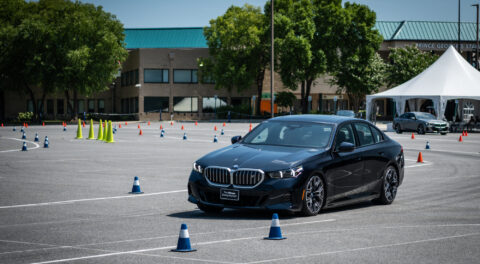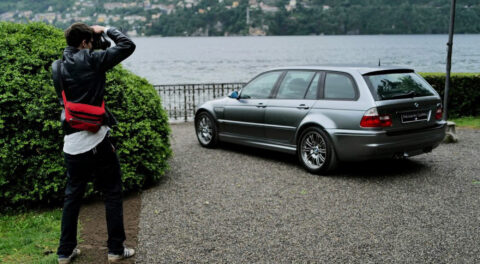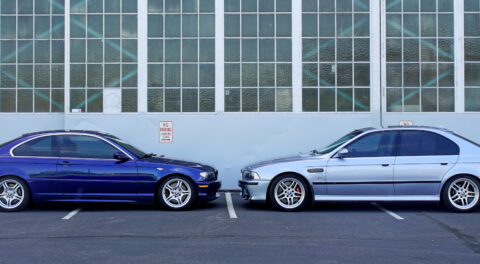I like new things as much as the next guy. My camera is a mirrorless design that was released within the last calendar year, and the computer I’m writing this column on is running Apple’s game-changing M1 processor. I also appreciate quality, however, which can sometimes be difficult to balance with convenience and ease of use.
The latest and greatest cars will always be the easiest to simply jump in and drive, but the modern automobile also seems like the perfect metaphor for what has happened to quality. One of my cars has direct injection, a twin-scroll turbocharger, Valvetronic, double-VANOS, and a dual-clutch transmission, while another has twelve valves and needs to be shifted manually. Which one do you think more effectively stirs the soul?
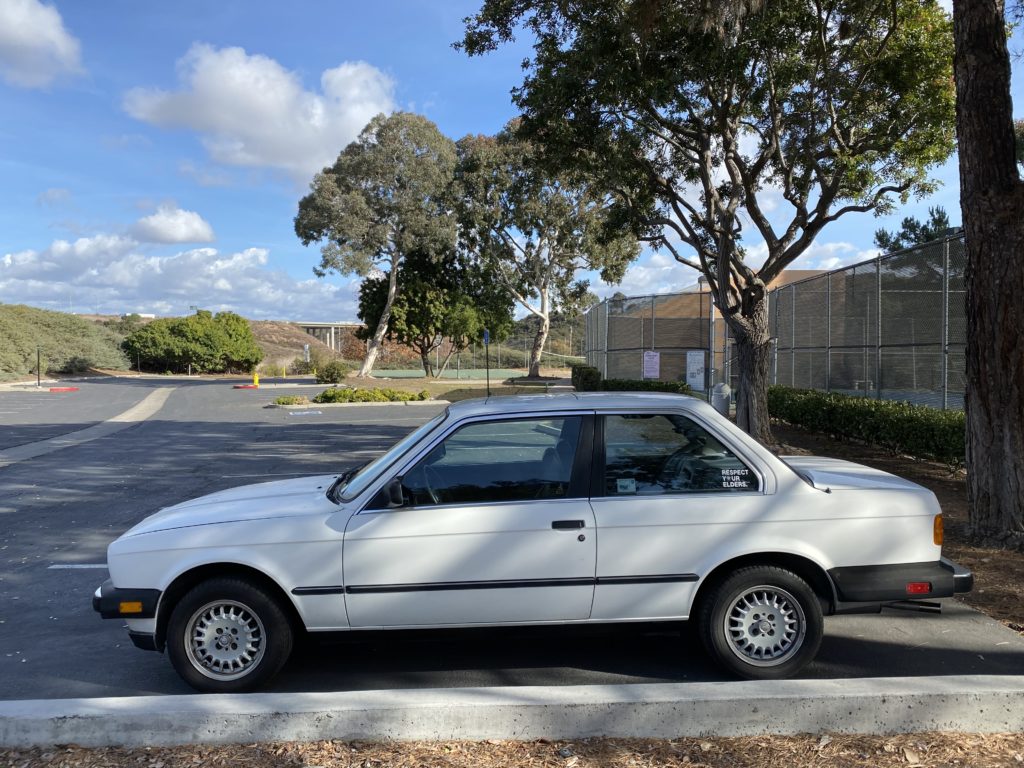
Although the vehicles on sale today are effectively guaranteed to have fewer problems and likely go further with less attention than the stuff my grandfather was driving in the 1950s, it seems that our perception has been focused on the materials we see and interface with. Bumpers have gone from metal to plastic; the same is true for dashboards, oil pans, and plenty of other components. These might seem like obvious things to change in the interest of cost or safety, but although cars remain “durable goods” in the economic sense, they’re engineered more and more to be thrown away and recycled when their time has come, as opposed to being cherished and maintained for the next generation.
But you already know that we live in a largely disposable society in which it’s cheaper to replace than to maintain. I’ve already bored you with the subject here on BimmerLife. Now, however, I’m focused on our ability to justify maintaining something in the face of ever-advancing technology and taste.
The subject car is my beater E30 325e, and how it unexpectedly taught me to appreciate a different kind of sustainability than the one that has BMW using recycled materials for the interiors of their electric models.

We’ve all run—or at least heard of—the calculation that compares spending the time and money to maintain an older vehicle against starting fresh with a clean slate and buying something new. It’s almost always cheaper to maintain the old car, but the conventional formulas don’t assign a numerical or monetary value to how new features and conveniences impact our daily lives, or account for how sometimes we just might want to be seen in something new.
The environmental impact associated with building a new car is a fraction of what it was just fifteen years ago, let alone what it was 50 years ago. Cars themselves are also far more efficient than they used to be. They go longer on a single gallon of gas than ever before, all while the emissions leaving their tailpipes do less to harm the world we all inhabit. Nevertheless, there’s something to be said for keeping an old car running long after most of its production cohorts have been recycled into beer cans or new vehicles.
My 325e is the perfect example: It’s been getting people where they need to go since the Reagan administration, and when I started it today after letting it sit outside for a month, it fired up like I had just parked it last night. I know that I can thank the comparatively simple technology of my E30 and its M20B27 engine for its longevity and willingness to start after being kicked to the curb and ignored, but there’s something innately satisfying about driving it around in modern traffic. It’s almost like the old sun-beat BMW is saying, “Yeah, I can do that, too,” to all of the econobox commuters around it.
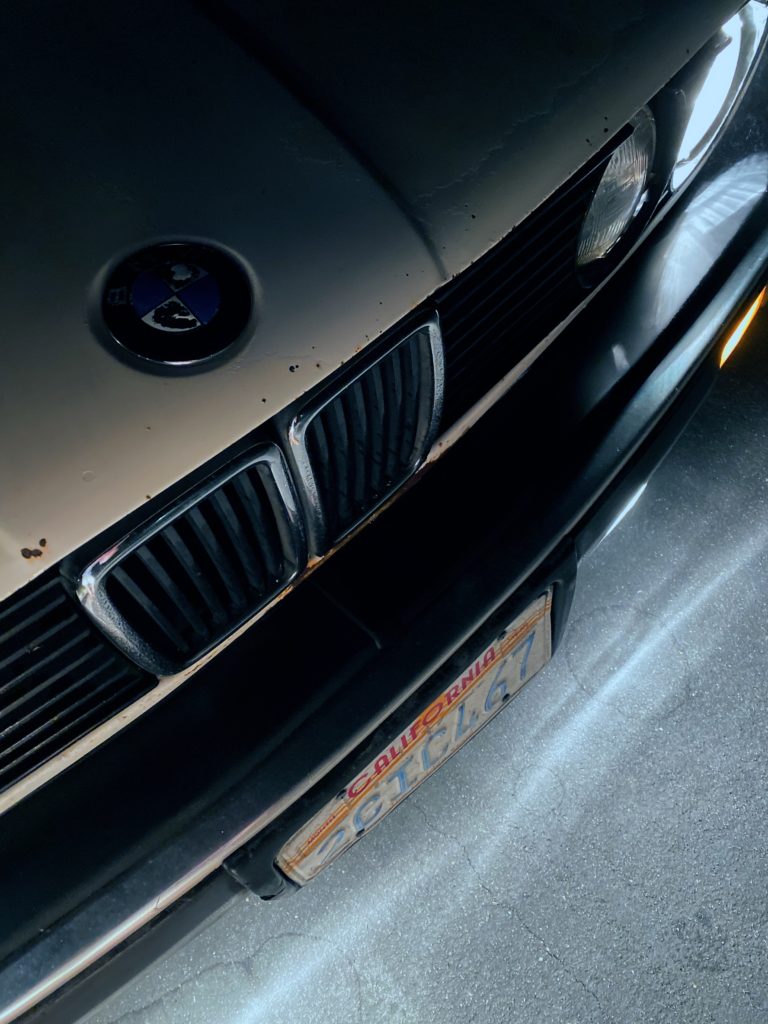
I would be lying if I didn’t give credit to BMW itself, and its intensified focus on sustainability, for serving as inspiration. As part of a new project highlighting sustainability, BMW Classic is seeking entries from owners of pre-2000 BMWs with 300,000 or more miles. The odometer of my E30 is broken (I laughed as I typed this), but according to its Carfax report, it’s covered more than 300,000 miles, and it has the scars and associated wear and tear to prove it. Next-generation automotive efforts like the i4 and iX are great in their own right, but let’s not forget that BMW builds cars that people are willing to drive for hundreds of thousands of miles.
So sure, new cars are objectively better in every way—but perhaps not always for the psyche or the soul. Owning and maintaining anything old can instill an appreciation for how things are designed and made, and driving something analog deepens the experience.
But I’m getting at something different than what the typical Petrolicious video appeals to. For anyone other than an enthusiast, my E30 would be ready for the scrap heap—and yet it’s not, and I’m actually looking forward to continuing to improve it as time goes on. I know that I’ve been lucky with this one; certain previous projects haven’t been anywhere near as cooperative, while every bit of effort I put into my E30 seems to pay me back in dividends.
Perhaps that’s because the E30 was what originally attracted me to BMW, and what effectively ignited my obsession.
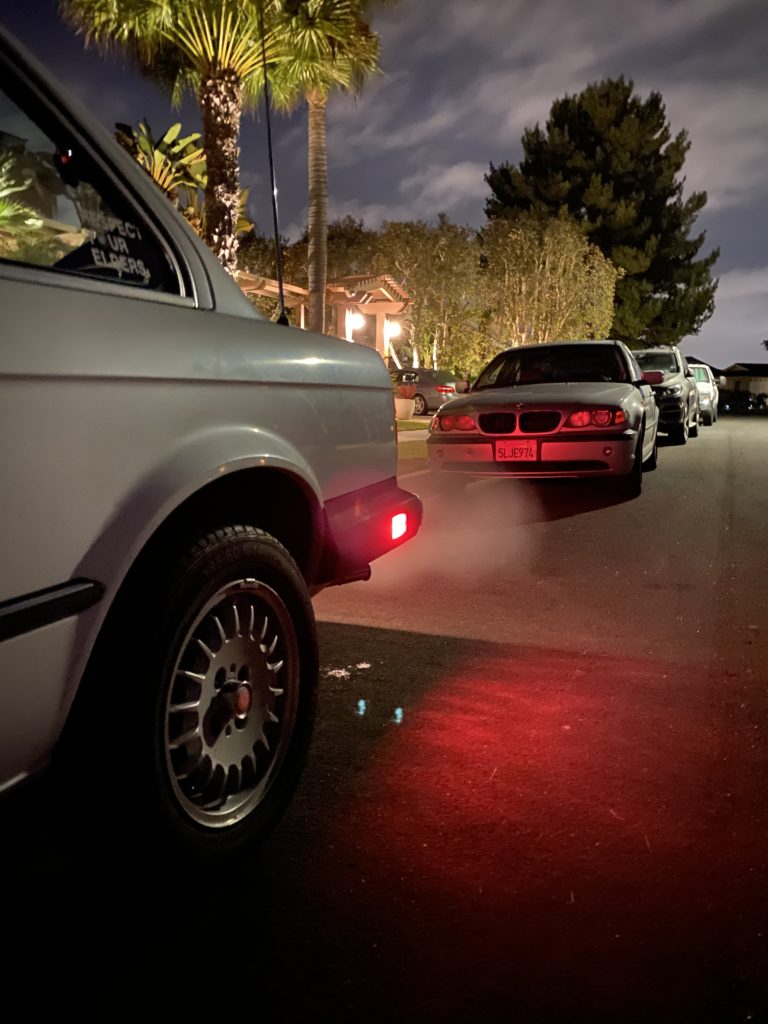
There’s a certain Zen feeling that comes with the right car—or maybe with making a car right—but I think that sustainability plays a role, too. Every 3 Series after the E30 has been undeniably better, if you’re focused exclusively on the numbers, yet the seemingly obsolete E30 models somehow maintain a following of diehard devotees willing to spend their time and hard-earned money to keep them going. You could be driving something newer, faster, safer, and smarter, but where’s the satisfaction in that?
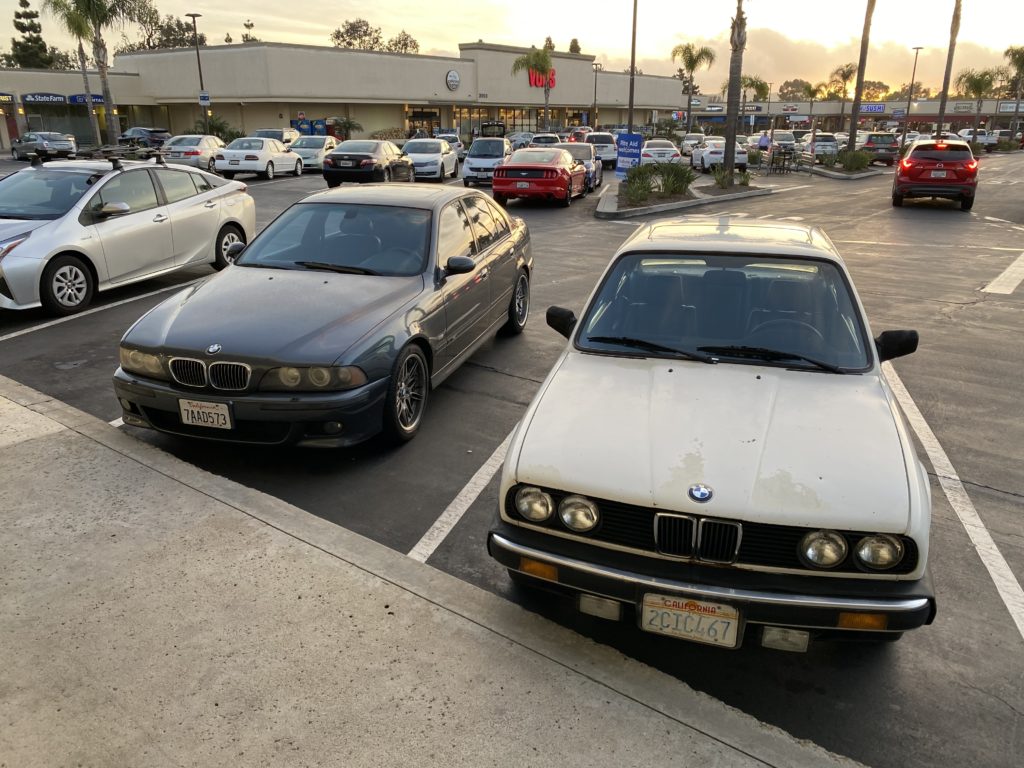
In today’s increasingly homogenized and throwaway world, there’s something to be said for practicing the ultimate form of sustainability: keeping an old BMW on the road.—Alex Tock
[Photos courtesy Alex Tock.]

